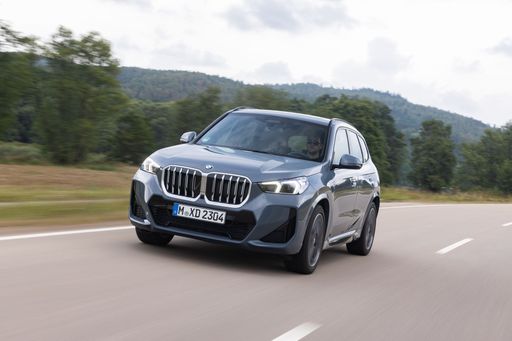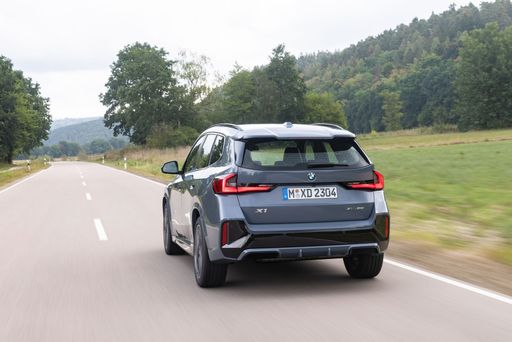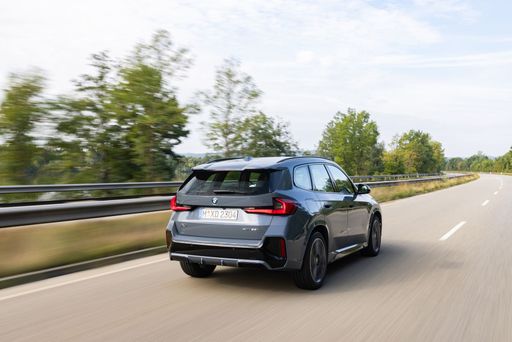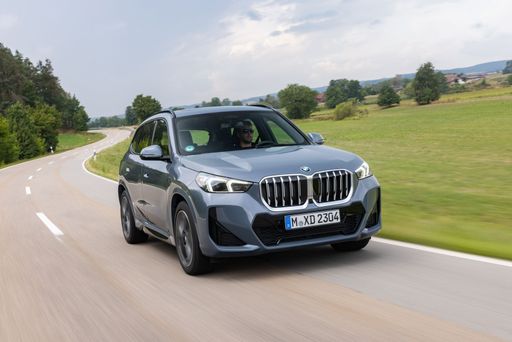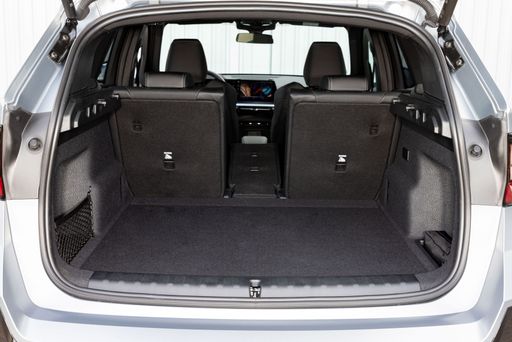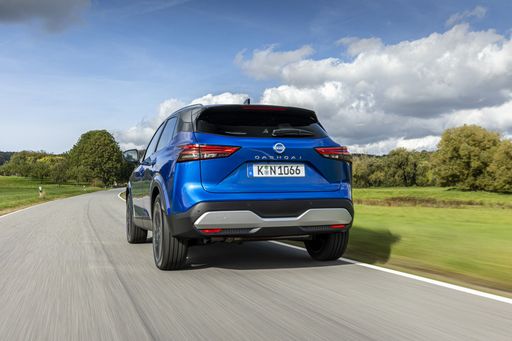Introduction: A Clash of the Compact SUVs
In the realm of compact SUVs, two heavyweights emerge: the BMW X1 and the Nissan Qashqai. Both vehicles boast exceptional build quality, advanced technology, and versatility, but they cater to different preferences. In this comparison, we'll delve into the technical aspects, innovations, and overall driving experiences offered by each model.

